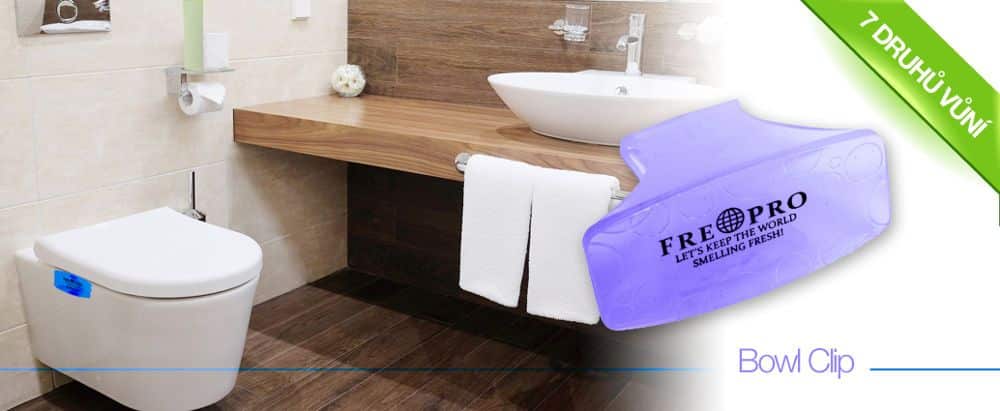ADJECTIVES
· Denote features, qualities, relationships, classes to items which are related to noun
Reference:
to state (lonely x loneliness, happy x happiness)
to qualities (nice, lovely, ugly)
to features resulting from processes (increasing, confused)
to emotional attitudes (hateful, likeable)
to evaluation (true, false, sufficient)
to features of space (northern, southern, continental)
to features of time (modern, ancient, contemporary)
to specifications (main, certain, subsidiary)
to classes (African, electric light, literary class)
Types in term of internal structure:
simple
original; often monosyllabic (nice, good, bad, ugly, quick)
derived
by suffixes able (readable, eatable)
o ible come from the verb
o ish (childish)
o ous (dangerous, mountainous)
o al (technical, legal)
o ic (heroic)
o ful (beautiful)
o less (useless)
o y (silly)
o some (handsome, fulsome)
o ant
o ive (talkative)
o most (uppermost)
o ® they have origin in other word classes
by prefixes
o a (alive, awake, alone, asleep)
o from nouns and very often from verbs, can be used only predicatively, follow be
participial
forms of the verbs -ing, -ed (interested audience, interesting book)
are converted and become adjectives
pseudo-participial
look like participles use -ing and -ed (gifted, enterprising, stilled, detailed)
compoundalways spelled with hyphen (ready-made, age-old, well-





